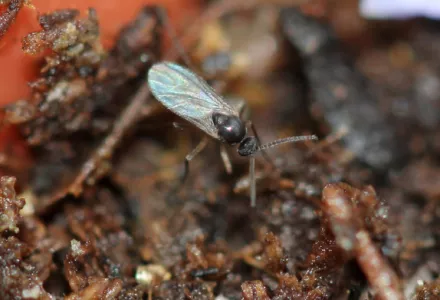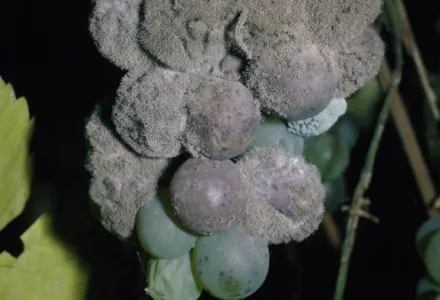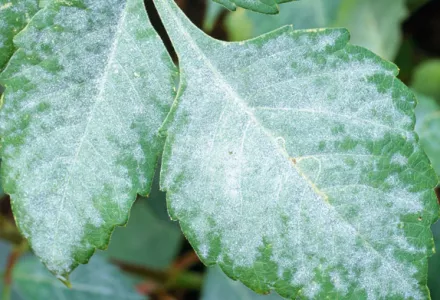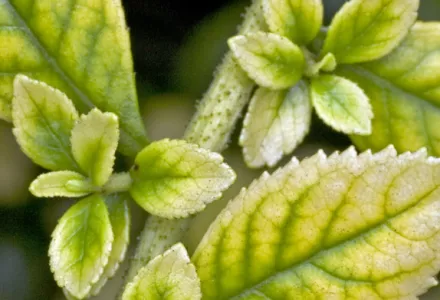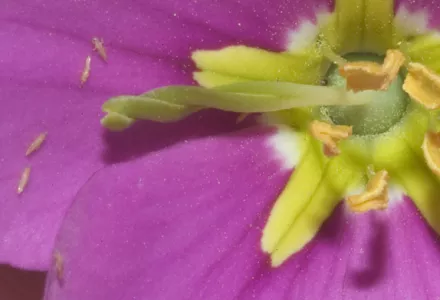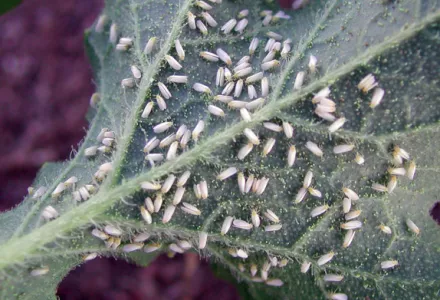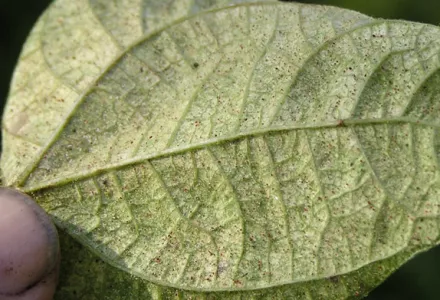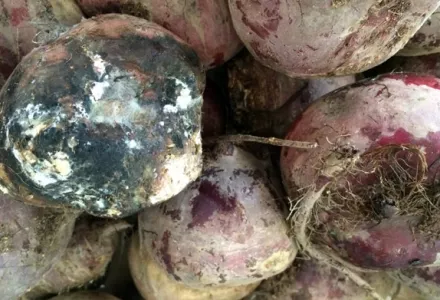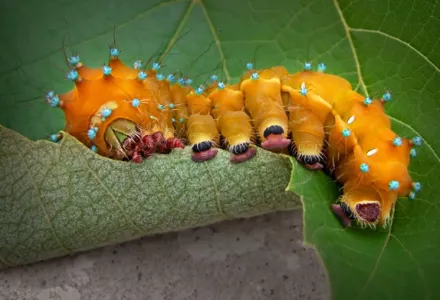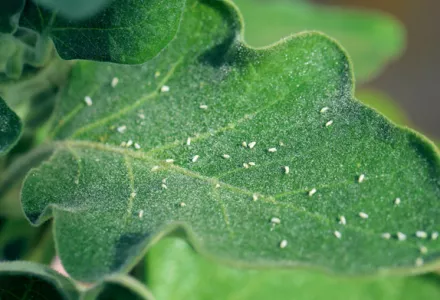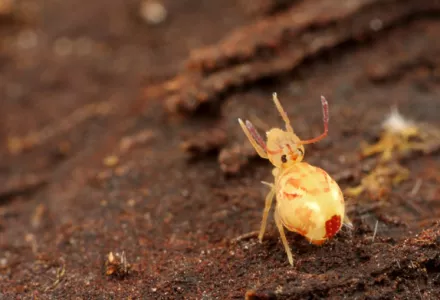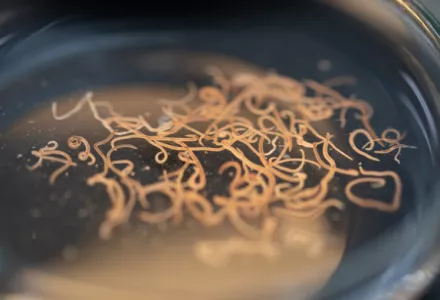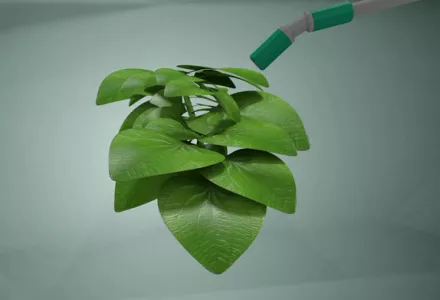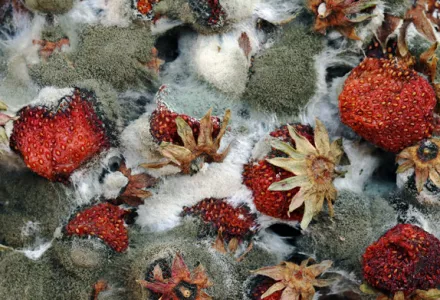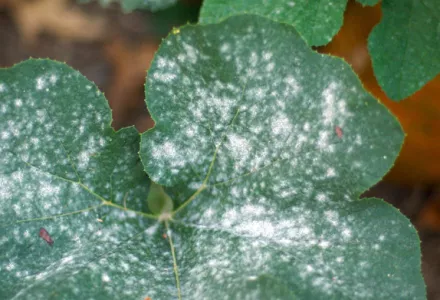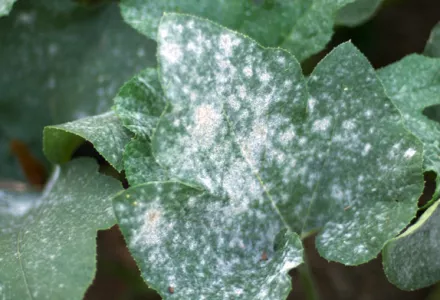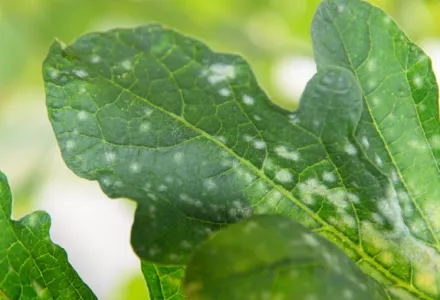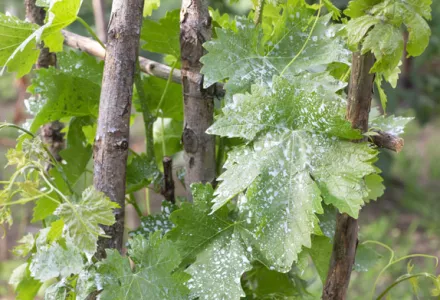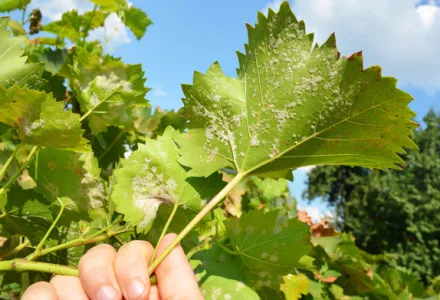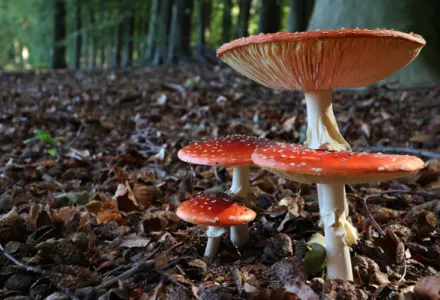One of the more common scale insects that attacks ornamental plants is the mealybug. Mealybugs tend to live together in clusters in protected parts of plants, such as on the leaf axils, leaf sheaths, between twining stems and under loose bark. Their wax covering and preference to stay tucked away out of sight make them difficult to eradicate. Several species of mealybug occur in greenhouses or on houseplants. These include Pseudococcus calceolariae (Glasshouse mealybug), P. longispinus (long-tailed mealybug) and Planococcus citri (citrus mealybug).
Within the Planococcus genus, the citrus mealybug Planococcus citri is a particular problem. The citrus mealybug has been recognised as a problem for citrus and ornamental plants in Europe since 1813 and in the United States since 1879.
Appearance
Mealybugs derive their name from the fact that from the third larval stage onwards, the females are covered with a white, wax-like substance. The adult females have flattened oval-shaped soft bodies between 0.10-0.16 inches long and 0.08-0.12 inches wide. They are sometimes pink in colour but usually appear whitish due to the white, waxy powder that covers their bodies. Waxy filaments project from the edges of their bodies. Male mealybugs are small, winged fly-like insects that are rarely seen.
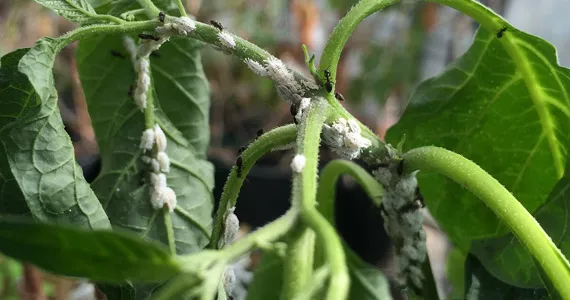
(Photo courtesy of Scot Nelson)
Life cycle
Most species are egg layers, although some, especially under greenhouse-like conditions, bear live young. Breeding continues throughout the year in greenhouses, but slows during the winter. Outdoors, two generations a year are common, while in optimal greenhouse conditions eight generations in a year are possible. Several developmental stages can usually be found simultaneously. Normally, females lay about 500 eggs in a cottony ovisac beneath her body. The eggs hatch in 6 to 14 days and the first instars or 'crawlers', as they are commonly called, disperse to suitable feeding sites on new plant parts or hosts. Some mealybugs, like the long-tailed mealybug, do not lay eggs, but bear young as active crawlers.
The instars resemble adult females, but after that the males and females develop differently. Female nymphs increase in size with each moult, reaching adulthood in about a month. In contrast, male mealybugs go through two or so moults and then enter a pupal state in a flimsy cocoon before hatching as a tiny, fly-like, two winged adult. Adult males have no functional mouthparts, live only a day or two, and exist solely to fertilise the females.
Damage
The damage caused by mealybugs feeding on host tissues is mainly due to the injection of toxins or plant pathogens into host plants. In addition, mealybugs secrete a waste product, honeydew, which is a syrupy, sugary liquid that falls on the leaves, coating them with a shiny, sticky film. This honeydew serves as a medium for the growth of sooty mould fungus that reduces the plant's photosynthetic abilities and is unsightly. Feeding by mealybugs can also cause premature leaf drop, dieback, and may even kill plants if left unchecked.
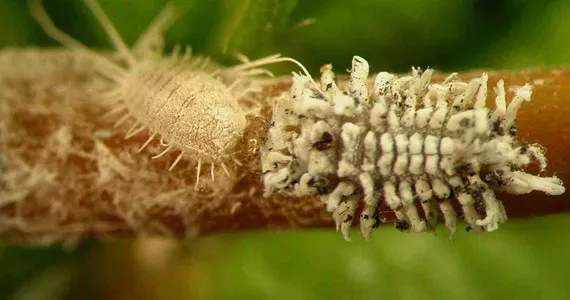
Control
Most mealybugs thrive in warmer conditions, which is why they are not usually a problem on outdoor plants. On houseplants and in greenhouses, on the other hand, mealybugs can be active all year round.
Provide proper cultural control so that the plants are vigorous and can tolerate moderate mealybug feeding without suffering too much damage. Do not over-water or over-fertilise — mealybugs are attracted to plants with high nitrogen levels and soft growth. Removing overwintering sites, such as loose bark, can help to reduce mealybug numbers. Predatory insects, such as lacewings, syrphid flies, ladybirds, and several small parasitic wasps, prey on outdoor mealybugs and can often keep their numbers down. An introduced beetle, Cryptolaemus montrouzieri, the mealybug destroyer, is available commercially for release in greenhouses. Avoid the unnecessary use of insecticide to minimise any adverse effect on these beneficial insects. Manage ants, which are attracted to honeydew produced by the mealybugs and will inhibit the activities of natural enemies.
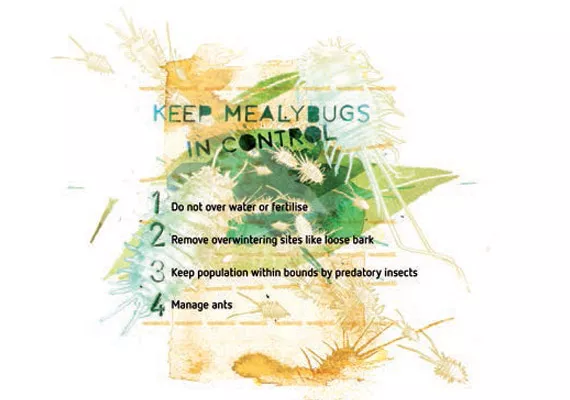
Mealybugs are difficult to control with insecticides, protected as they are by their wax-like exterior and their knack for hiding themselves away. The crawler stage is when they are at their most vulnerable and then they can be controlled quite easily. Insecticidal soaps will help to reduce numbers as the soap reacts with the waxy layer, dissolving it and drying out the insect. Insecticides will not work against the eggs and will have to be reapplied regularly.

